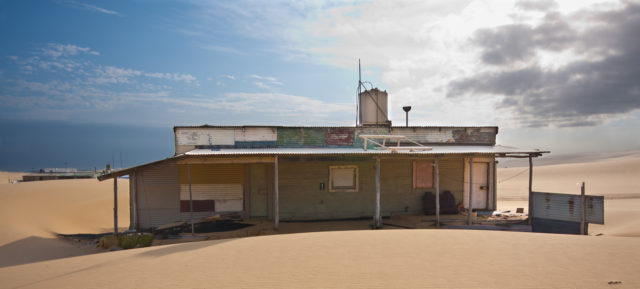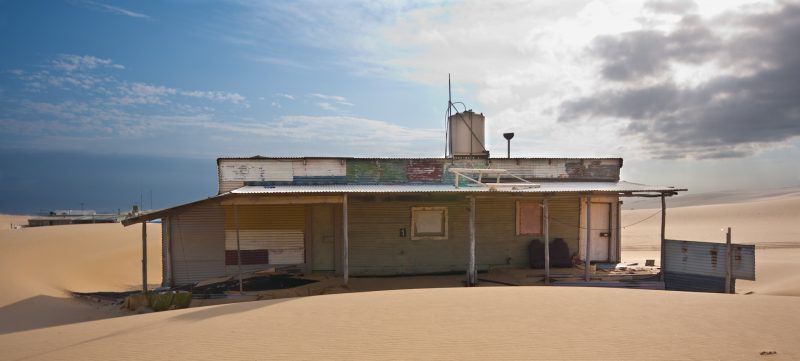There is a small town accessible only by 4WD from a long stretch of beach and positioned between two enormous sand dunes. Not many people are even aware that it exists. Tin City is steeped deep in history and serves as a time capsule from a different time period. It represents an era when lost travelers and the destitute soldiers were desperate for a place to live. They made their way to this remote and isolated town. The town is still home to residents who pride themselves on living in one of the most unique places in Australia.

Dating back to the late 1800s when the settlement first started, there were only two tin huts built. They were used for shelter and contained provisions for sailors victimized by shipwrecks. There were about 98 shipwrecks that occurred along the coast between Newcastle and Nelson Bay. The settlement started to gain more popularity during the depression when homeless people began making corrugated iron and wood huts for shelter. After the conclusion of World War II even more, shacks started popping up. Servicemen were coming home and simply looking for cheap housing.
There have been many different films made about this unique and incredible location. It helped inspire the first Mad Max film. A pub was built specifically for the film, and it is believed to still be standing today. Wind generators, solar panels, and pumps have allowed for the huts to become far more modernized. The pumps specifically have facilitated the extraction of water from underneath the sand, providing locals with cool and clean water. Some homes are equipped with hot water and TV sets.
This town is located in the middle of a National Park and known as Worimi Aboriginal Conservation land. Due to the label, there are no new shelters being built, and no changes or modifications can legally be implemented in the shelters already there. The current residents also have to deal with sand erosion and a continual build up of shifting sand. This causes many of the homes to become partly submerged in the sand.
Willy is the first name of a current resident who purchased his shack 25 years ago. He paid $5,000 for it and has received many offers for it. But to this point, Willy has declined each and every one of those offers. According to Photographer Lauren Corjin, “These days it is worth about 100 times that amount due to the curiosity factor.” It is certainly a place that causes huge amounts of interest since it is such a rare set-up with a unique history.

